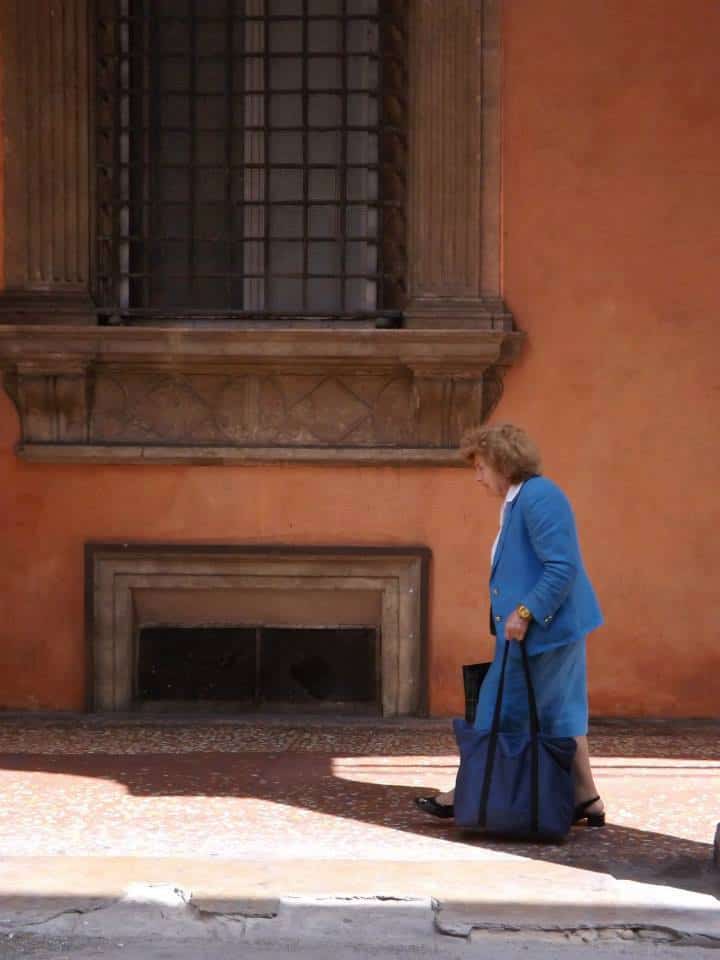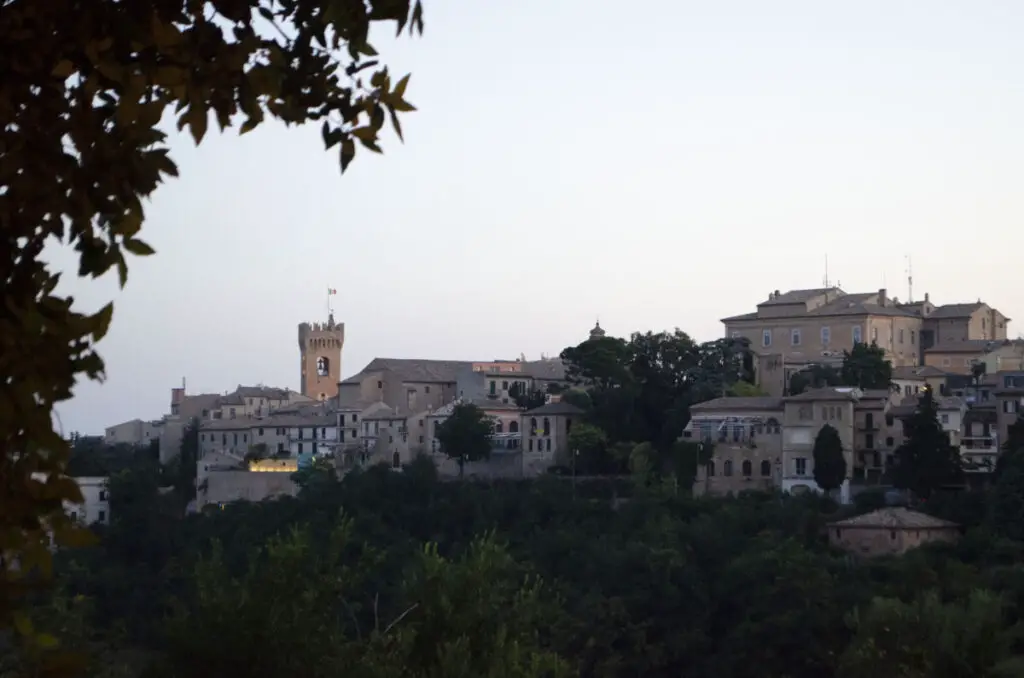You may have wondered if Italians have middle names.
This article is for you if:
- You are curious about naming traditions in Italy, specifically with regards to middle names.
- You are deciding on an Italian name for a child and wish to know about naming laws and practices in Italy
- You need to fill in and Italian form and are confused as to where you should write your names
This article will go through how middle names are perceived by Italians today and over time, traditions around middle names and what the Italian law says about naming a child.
Keep reading to find out more
Are middle names a thing in Italy?
The majority of Italians today have only one name, followed by a surname. Middle names can be perceived as a little over the top by the younger generation of Italians, although they were very popular in older generations. The Italian law allows parents or guardians to give a child up to three names, but no more than three. All names used at the time of registration are legally valid and to be used together in official documents, unless separated by a comma at registration.
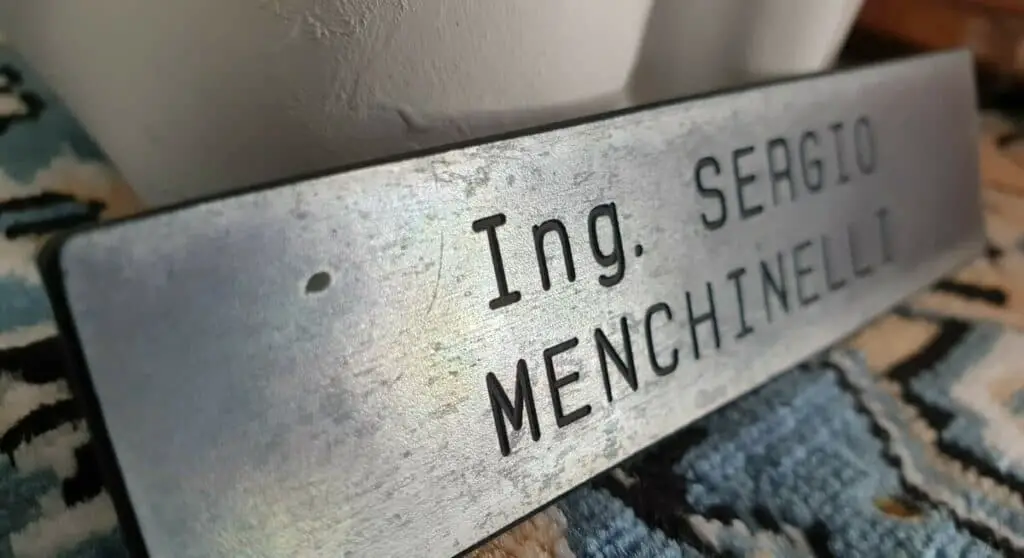
The traditional way to name Italian children
Middle names were the norm in Italy until the 40s and 50s but, since then, they started to gradually become less popular.
The Italian tradition about naming a child is to name the firstborn like his/ her grandparent on the father side and the second born like his/ her grandparent on the mother side.
So traditionally in Italian families there were usually two main names which reoccurred from one generation to the next.
As a general rule, Italian children used to also be given a middle name which, most of the time, was of religious nature. For example, Maria, or the name of the patron saint of the town or city that the child was from.
Another naming technique for middle names was to assign the middle name on the day after the child’s birth as the name of whatever saint was on the saints calendar that day.

The religious middle name was to associate the new-born to a particular protector. This practice is linked with the celebration of name day.
Some very traditional families today respect the tradition of naming a child after his/ her grandparents, and assigning a religious middle name, resulting, for example, in Anna Maria, but this is more the exception than the rule.
Middle names were much more popular in Italy in the past and started to gradually fall out of use towards the end of the nineteenth century.
This goes together with the gradual decrease in the practice of religion in Italy through the years. It was, in fact, noted in a religious magazine that the use of religious names is declining over time.
Today, middle names are more common in southern than northern Italy, possibly due to the greater emphasis on religion, family and tradition.
The Italian law around middle names
The Italian law around naming a child with multiple names can be confusing.
At the time of writing (2022), the Italian law says that it is possible to give a child up to three names, but no more than three.
The Italian law around assigning names is law no. 219/2012, article 35 D.P.R. no. 396/2000.
Multiple names separated by comma
If multiple names are given and if, at the time of registration at the Registry Office (called “anagrafe” in Italian), the names are registered as separated by a comma, only the name that is listed first will appear in official documents and will need to be used for official purposes. Names listed second or third after the comma won’t be used for official purposes or in signatures.
Multiple names not separated by comma
If, on the other hand, multiple names are given and they are not separated by a comma at registration, then all three names are to be used in official documents, in the same order as registered. For someone’s signature to be valid, the person has to use all three names.
Here are some examples of official documents:
- Birth/ marriage/ death certificate
- Any contracts
- Information provided via any form

The Italian law around the use of commas to separate multiple names can be confusing. However, it is useful to protect the child in situations where parents wish to give more than one name because they can’t agree on a name or to include the name of a grandparent or other relative.
Separating the first, middle and third names with a comma at registration may be a good idea to relieve the child from having to use his second or third names in signatures and for official purposes for the rest of their life.
Names assigned to Italian children at Baptism
The large majority of Italians choose to have their child baptised in church soon after his/ her birth.
When an Italian child is baptised, even if they already have three names, the law allows to assign more names to them, although these extra names are not legally valid and cannot be registered at the registry office.
Families who are very religious or like follow tradition may choose to assign extra religious names at baptism. This can be an opportunity for parents to also name the child after a grandparent or other family member, although these extra names are only symbolic.
In terms of everyday interactions, Italians who have a second or third name normally don’t use them and simply go by their first name.
How Italian first names and middle names are used in forms and documents
The majority of Italians, especially the younger generations, don’t have a middle name and so most Italian passports and ID cards only have a first name and one surname on them. The large majority of Italian forms have only two fields: name and surname.
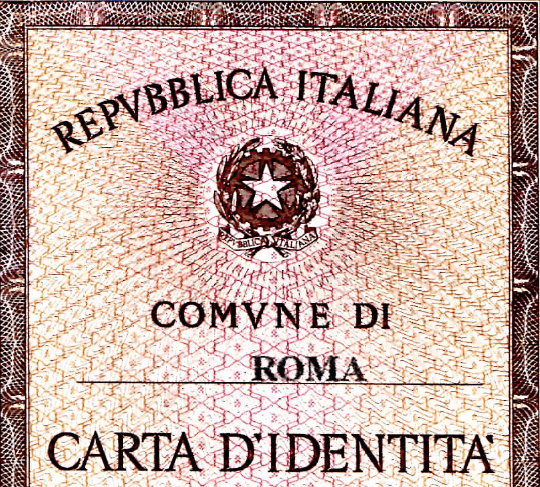
Here is the different Italian terminology around names:
- Nome
The word “nome” translates as “name” in English.
An Italian person would enter their first name, for example Maria, into a form under “nome”, if they were registered with only one name at birth, or if multiple names separated by a comma were registered, such as Maria, Luisa Russo:
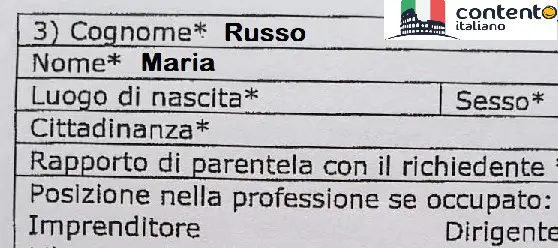
If an Italian person were registered at the registry office with multiple names not separated by a comma, such as Maria Luisa Russo, then they would enter all their names (first name and middle name) into the field “nome” in the order in which they were registered:
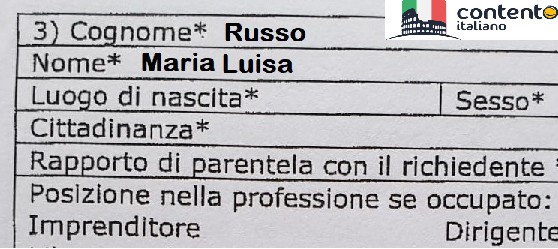
The field “nome” in Italian means all your legally valid names, so if you are not Italian and are completing a form, you should enter both your first and second name under the field “nome”.
- Cognome
The word “cognome” in Italian means “surname”. In a form, the “cognome” field simply requires you to enter your surname.
- Secondo nome
The term “secondo nome” in Italian means “second name”. The “secondo nome” is a non-official name that does not appear in documents and is not used as part of someone’s signature.
The “secondo nome” is separated by the first name by a comma at the time of Registry Office registration.
- Nome di battesimo
You may also come across the expression “nome di battesimo” (literally “baptism name”), which is the name a child is given at Baptism. If a child is baptised in church, which is the most common path chosen by Italian families, the church takes care of the registration themselves and parents don’t need to attend the Registry Office.
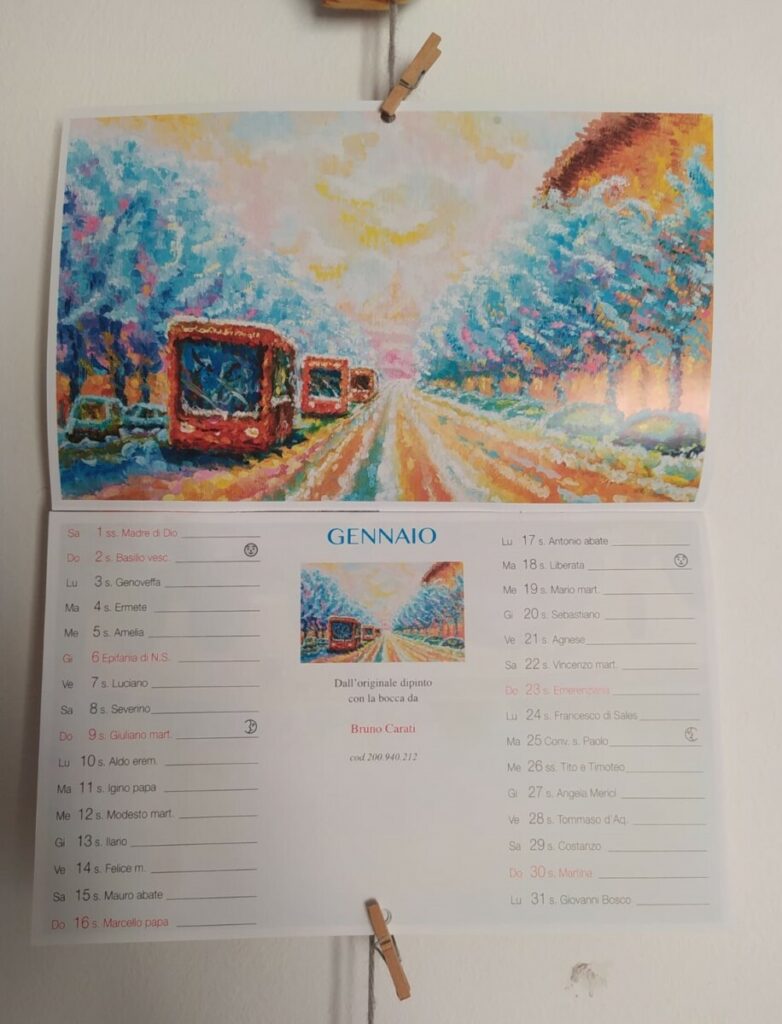
More Italian law around naming a child
Aside from the question of double names, here are other prescriptions of the Italian law around naming a child:
- You must choose a name which is recognized as a name and not a surname
- You must name a female child with a girl’s name and a male child with a boy’s name, with rare exceptions such as the name Andrea, which can be a boy or a girl name, and the name Maria, which is usable for a boy only as a composite name (see below)
- You cannot choose a name which is going to impact on the well-being of the child (such as anything offensive)
- You cannot choose a name that is geographical in nature, with the exception of the names Italia, Asia, Europa and America
- You cannot choose names which are clearly identifiable as historical figures, or famous characters in literature or films
- You cannot name a child with the same name as his/ her mother/ father, brother/ sister, if they are living at the time the child’s naming takes place
- Foreign names are allowed but all characters must belong to the Italian alphabet
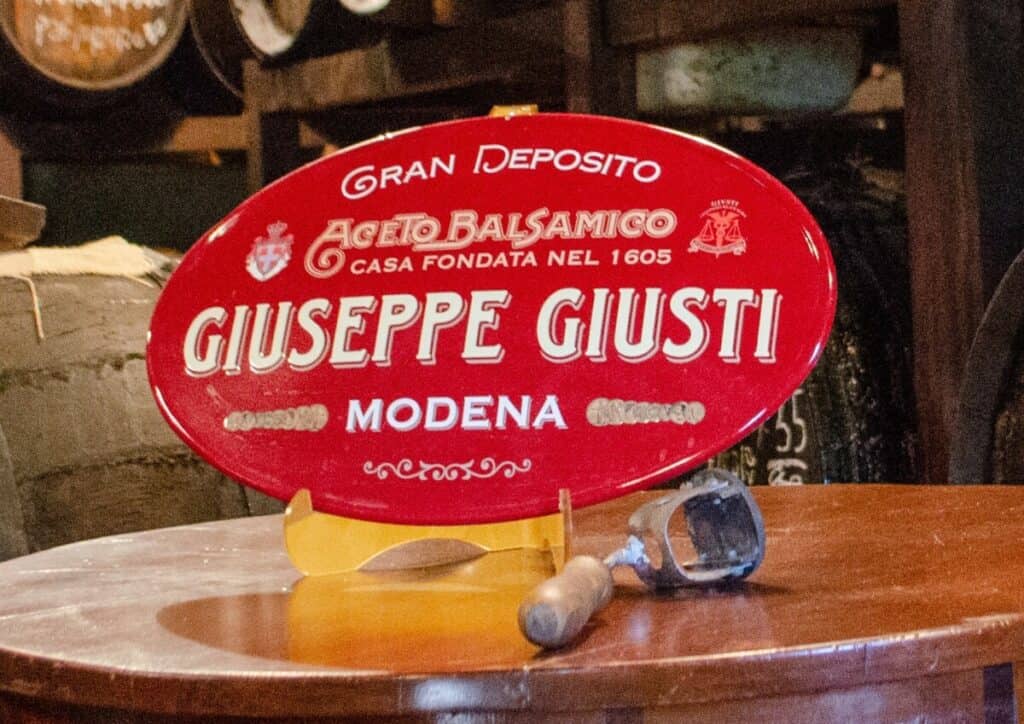
Examples of Italian names which include a middle name
Sometimes two separate Italian names can be glued together to form a single composite name. These composite names are considered as one single name for legal purposes and are also spelled as one single name.
Below is a list of popular first and second names and their composite counterparts. Composite names are much more common for girls than for boys.
| First and middle name | Composite name | Gender |
|---|---|---|
| Maria Luisa | Marialuisa | Girl |
| Anna Maria | Annamaria | Girl |
| Anna Bella (more common as a composite) | Annabella | Girl |
| Anna Lisa | Annalisa | Girl |
| Anna Chiara | Annachiara | Girl |
| Gianni Marco | Gianmarco | Boy |
| Gianni (only given as a single name) | Gianmaria | Boy |
| Piero Luigi | Pierluigi | Boy |
| Rosa Anna | Rosanna | Boy |
| Gianni Luca | Gianluca | Boy |


